I’m thrilled with the launch of EarthDesk. My move from full-time journalism to Pace University in 2010 was largely aimed at testing and teaching new ways to use communication tools to foster progress on a finite planet. My title, Senior Fellow for Environmental Understanding, conveys some of what I’m after.

Andrew Revkin teaching his blogging course at Pace University in 2011, with one student, Cynthia Cantello, attending via Skype. (Credit: Aramis Grant)
I easily spend more than half of the typical day online. Some might see that as horrifying; sometimes I do, actually. And I don’t expect everyone can or should divvy up the scant allotment of hours in a human life this way. But I’ve become convinced there’s huge potential for fast-forwarding progress using the growing worldwide web of connections we’re developing — from the smart phone to the Smart Board and beyond.
I don’t think that blogging or Twitter or Skype or Google+, on their own, will sustain a flourishing, if human-dominated, planet through our current global growth spurt. But utilized with a better planet in mind, these tools can help us share and shape ideas and build and spread knowledge in ways that were impossible just a decade ago.
I came to blogging and the like slowly, while still a news reporter covering the global environment for The New York Times. (I wrote a proto-blog, “Postcards from the Arctic,” while in Greenland in 2004.) Through the 2000′s, the “news hole” — the amount of space in a printed paper reserved for news — steadily shrank. But the news on my beat was explosively growing, and the complex nature and slow timeline of issues like human-driven global warming were a terrible fit with the news process, which is focused on the here and now.
Dot Earth, the Times blog that I created in 2007, helped me sustain my inquiry and convey my conclusions more as a dialogue with experts and readers than a series of stiff, oversimplified articles. (This distinction parallels evolving teaching styles; the standup lecture is, appropriately, going the way of chalk and erasers.)
Through EarthDesk, I’ll work with others at Pace and around the region, nation and world to expand on what I’ve attempted on Dot Earth. The goal is to curate a sustained, constructive conversation clarifying environmental risks and opportunities and finding ways to forge policies and foster behaviors — particularly ways involving higher education — that can smooth our journey in a momentous century.
We’ll have a presence on Facebook and Twitter, via @earth_desk. While even the name “Twitter” has an insubstantial feel, it can be an invaluable tool for finding collaborators and sharing and — more importantly — shaping ideas. I use Twitter frequently like a micro-blog, so if you care about the themes I track I encourage you to follow me @revkin. Twitter has enormous potential as a tool for finding collaborators, shaping ideas or building communities. In my “Blogging a Better Planet” course at Pace, students learn about the power of the hashtag, a word or abbreviation with a # sign ahead of it.
Once one is established, a Twitter hashtag can become an organizing beacon amid the wider flow of tweets. Just a few examples are #agchat (a discussion of farming issues), #edtech (for a continuing discussion of technology in the classroom), and #birdclass (the tag for a bird biology course taught by Professor Margaret Rubega at the University of Connecticut in which students are required to tweet when they witness interesting bird behavior).
My Pace courses all come with such tags — including #Pacebaja for our spring 2013 documentary course and #paceblog for my blogging course.
You can find and join some great conversations by searching for lists of hashtags on themes you care about. Here’s a great list of 150 green hashtags.
Once you dive in, I think you’ll agree that online discourse can make a difference.




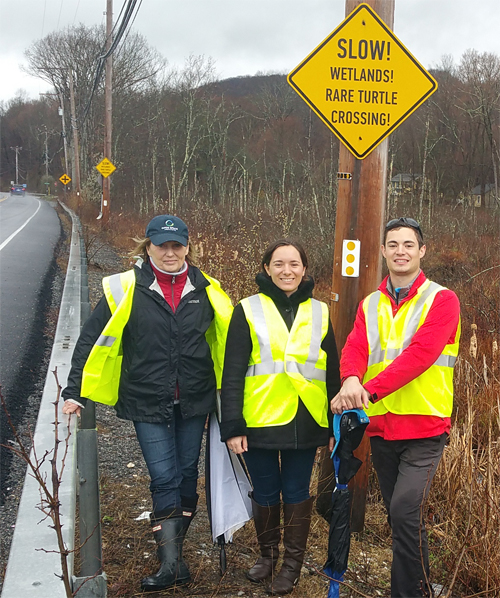
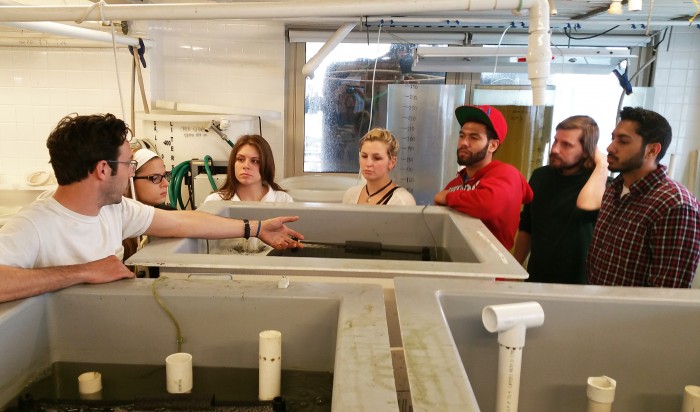
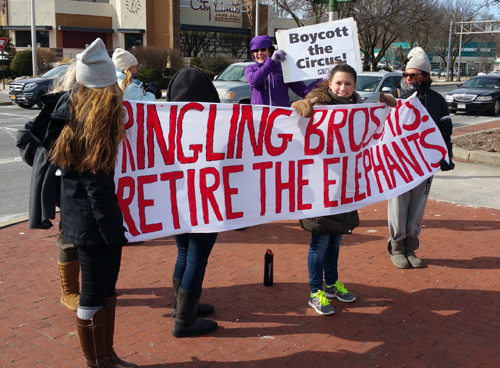
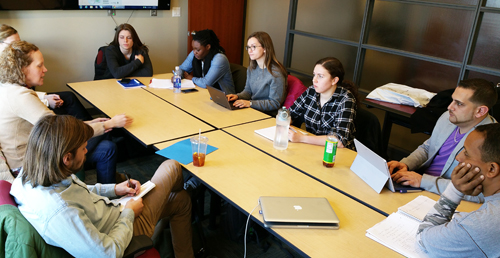
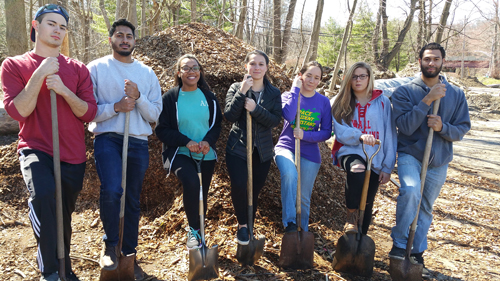

Trackbacks/Pingbacks